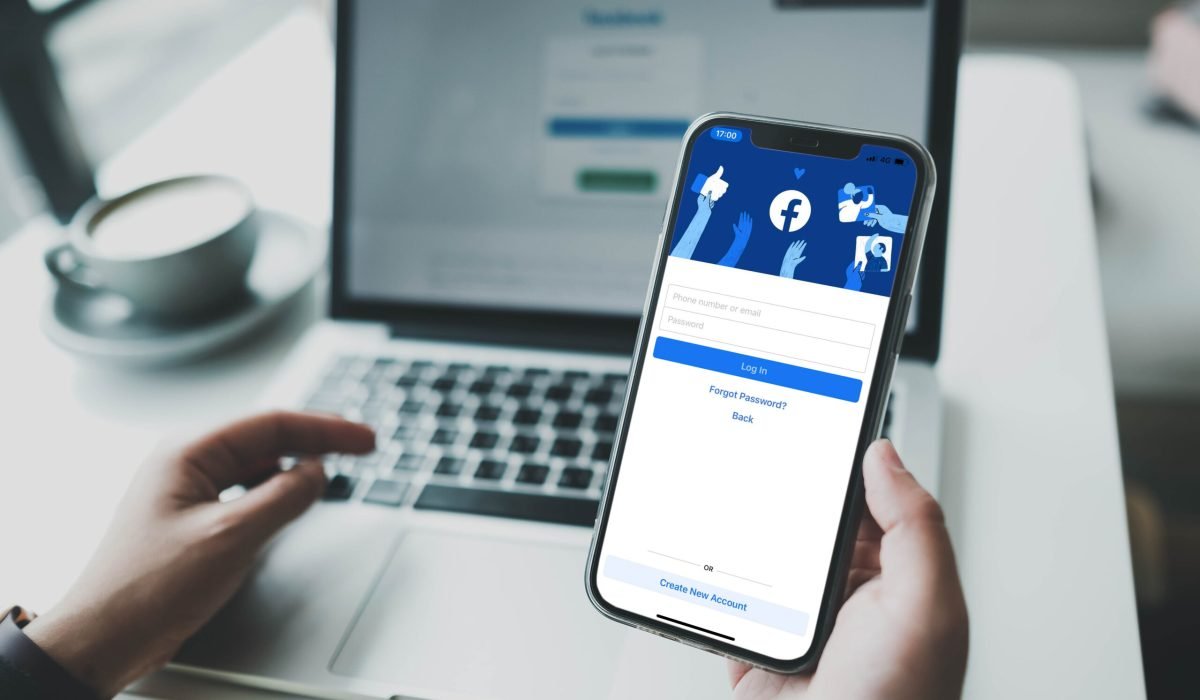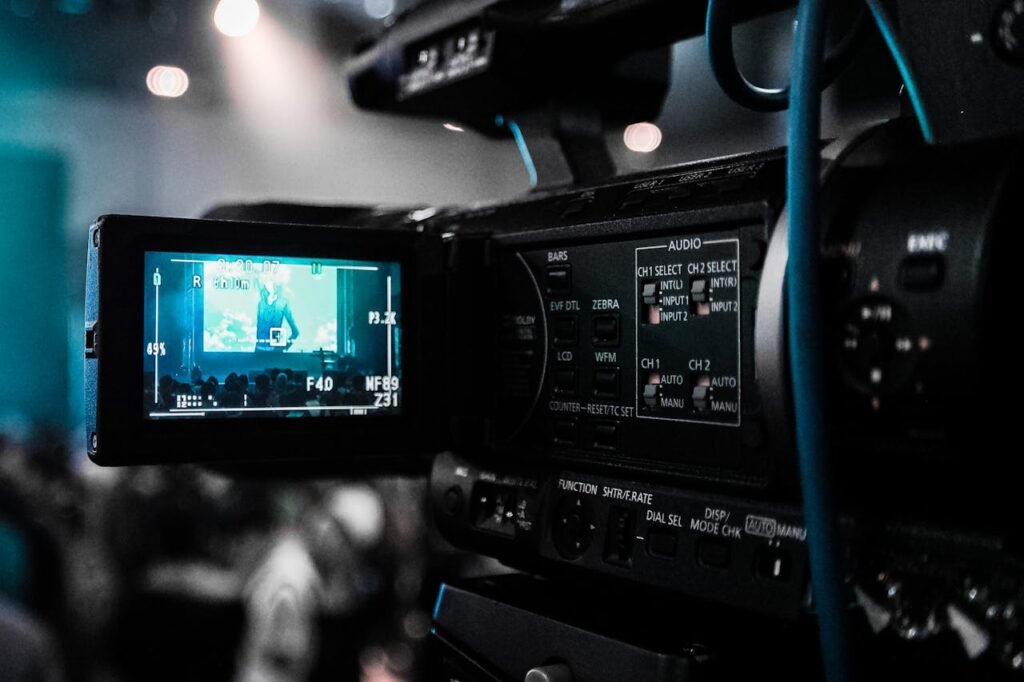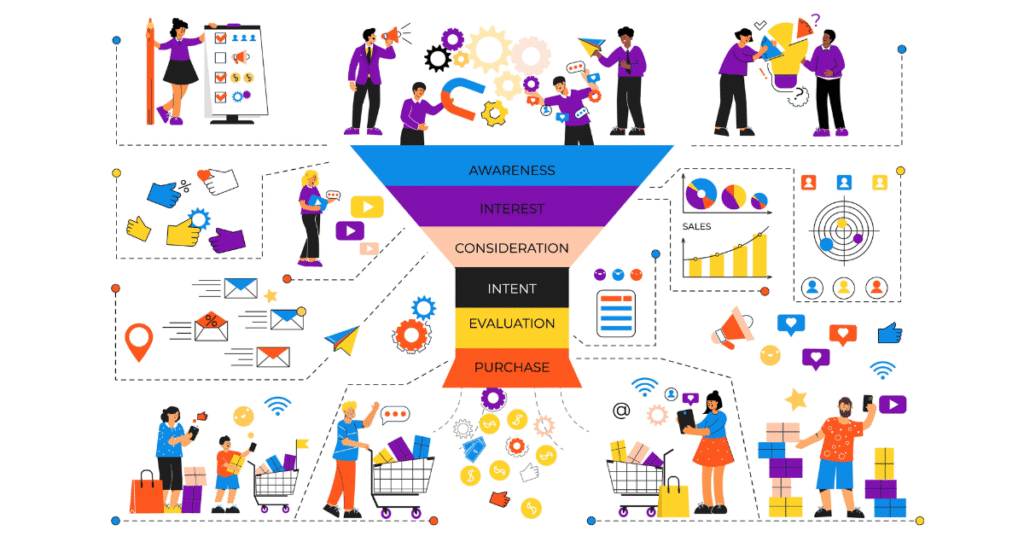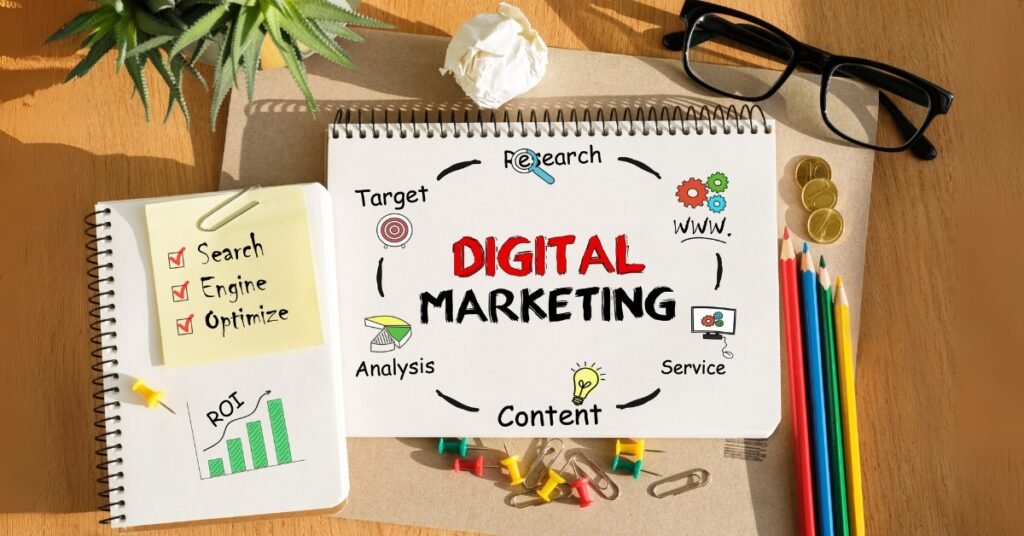A Simple Guide to Facebook Pages – Everything You Need to Know in Easy Language
In today’s world, almost everyone uses Facebook. Whether it’s to talk to friends, see fun videos, or follow your favorite brands, Facebook is a big part of our daily life. But Facebook is not just for chatting or sharing memes. It’s also a great place for businesses, creators, influencers, and even small shop owners to grow and connect with more people. If you are someone who wants to build your presence online, reach more people, or promote your work, you should definitely know about Facebook Pages. A Facebook Page is different from your personal profile. It is made specially for businesses, public figures, and creators to share updates, promote services, and connect with followers professionally.
In this blog, we will explain what a Facebook Page is, why it is important, and how you can create and grow it step by step. We will use very simple words, long explanations, and real-life examples so that even a beginner who has never used a Facebook Page before can understand everything clearly. If you are a student, small business owner, freelancer, or just someone curious to learn something new, this blog will guide you in the easiest way possible.
What Is a Facebook Page?
A Facebook Page is like a public profile created for a business, celebrity, brand, community, or any group of people who want to connect with others in a professional way. It is not like your personal Facebook profile where you add friends and share family pictures. A Page is more like a digital shop or public face of what you do. For example, if you sell handmade jewellery, you can make a Facebook Page with the name of your business. Create a page by your name if you are an artist . If you run a small café, your café can have its own Page.
People don’t need to “add” you as a friend to see your Page. Instead, they can just like or follow your Page and start seeing your updates. We can post our photos , vedios, offers and can even go live . The best part is – you can reach thousands of people without spending any money. A Facebook Page helps you stay professional, build trust, and attract customers, followers, or fans from all over the world. It is also free to create and easy to manage once you understand the basics.
Why You Should Create a Facebook Page
Many people think they can just use their personal profile to post about their business or work. But to grow seriously it is not the best way . A Facebook Page gives you many advantages that a personal profile does not. When you create a Page, you unlock special tools that help you grow, reach more people, and understand what your audience likes.
Here’s why a Facebook Page is important:
Professional Look: A Page shows your name, bio, contact details, and content in a neat, organized way. It looks more trustworthy than a personal profile. More Reach: Anyone can like or follow your Page, even if they are not your friend. This means people can find and connect with you .
Insights and Stats: A Facebook Page gives you data like how many people saw your post, how many clicked, liked, or shared it. This helps you improve your content.
Ad Features: If you ever want to run ads or promote your work, you need a Page. Facebook lets you run ads only through Pages.
Call to Action Buttons: We will have many buttons like “Call Now”, “Shop Now”, or “Send Message” on our facebook pages . To connect with you it make easier for people.
The best step to grow on facebook is to create your page . It looks clean, builds trust, and gives you more features to work with.
Who Should Have a Facebook Page?
You may wonder, “Is a Facebook Page for me?” The answer is – if you are doing anything that you want to grow or share with the public, then yes, a Facebook Page is for you. Many people can benefit from having a Page. You don’t need to be famous or rich to start one.
Here are some people who should have a Facebook Page: Small business owners (like people who sell clothes, food, makeup, etc.)
Freelancers (graphic designers, writers, photographers)
Artists (painters, singers, dancers, musicians)
Content creators (bloggers, YouTubers, vloggers)
Event planners or wedding coordinators
Non-profit groups or community clubs
Teachers, coaches, trainers
Even if you are just starting out, having a Page can help you look serious and build your brand step by step. It’s like opening your online shop or public space where people can find and follow you.
Steps to create a facebook page.
Creating a Facebook Page is not hard. Use your phone or laptop for creating a page . It takes just a few minutes. Here our some easy steps to create a page :
Log in to Facebook: Go to your personal account first . To create a personal profile you need a page .
Go to ‘Pages’: On home page first , click the menu and select “Pages”. Then click “Create New Page”.
Name Your Page: Choose a name that matches your brand or business. For example, “Kyra Fashion House” or “Ravi’s Photography”.
Select Category: Choose what type of Page it is. For example, “Clothing Store”, “Artist”, “Blogger”, or “Restaurant”.
Write Description: Write 2–3 lines about what your Page is about. Keep it clear and simple.
Add Profile & Cover Photo: Upload a logo or picture for your Page. A cover photo is the big banner image at the top.
Click Create: After creating the pages click on create button .
That’s it! Your Page is now live. After that, you can invite your friends to like it, post your first content, and start building your presence.
.
Tools Graphic Designers Use
To create amazing designs, you need the right tools. Don’t worry, you don’t need to learn them all at once. Here are some popular ones:
- Canva: Super easy for beginners. Drag and drop tools, lots of templates.
- Adobe Photoshop: Great for photo editing and detailed work.
- Adobe Illustrator: Perfect for logos and illustrations.
- Figma: Used mostly for websites and apps.
- CorelDRAW: Another tool for professional vector designs.
Start with Canva or Figma if you’re new. As you grow, you can explore the others.
Skills You Need to Become a Good Designer
Being a graphic designer isn’t just about using software. You need some personal skills too:
- Creativity: Try new ideas, mix colors, play with styles.
- Patience: Designs take time. You may have to make many versions.
- Observation: Look around at ads, websites, and logos. Learn from what you see.
- Communication: Understand what the client wants and explain your ideas clearly.
- Willingness to Learn: The design world changes fast. Stay updated, take courses, and keep practicing.
Steps to Create a Design from Start to Finish
Want to know how professional designers work? Here’s the process in simple words:
- Understand the Task: Ask questions. What’s the goal? Who will see it?
- Do Some Research: Look for inspiration. Check similar designs.
- Sketch Ideas: Use a notebook or digital tool to draw rough ideas.
- Choose the Best One: Pick one idea and start designing it properly.
- Get Feedback: Show it to someone, ask what they think.
- Make Changes: Improve it based on feedback.
- Finish and Save: Save in the right format (JPEG, PDF, etc.) and you’re done!
Where Can Graphic Designers Work?
Graphic designing is full of opportunities. You can work in an office, be a freelancer, or even start your own design business. Here are some roles you can take:
- Graphic Designer (general role in companies or agencies)
- Social Media Designer
- Logo and Brand Designer
- Web Designer
- UI/UX Designer
- Motion Graphics Designer
- Creative Director (after lots of experience)
You can even earn from home by doing freelance projects on websites like Fiverr, Upwork, or Freelancer.
How to Start Learning Graphic Design (Even Without Experience)
Don’t worry if you don’t have any experience. Everyone starts somewhere. Here’s how you can begin:
- Use YouTube: Tons of free tutorials for beginners.
- Take Online Courses: Websites like Udemy, Skillshare, and Coursera have great lessons.
- Practice Daily: Try to design something small every day — an Instagram post, a fake logo, or a poster.
- Follow Designers: Look at designs on Behance, Pinterest, or Instagram.
- Make a Portfolio: Save your best work to show others what you can do.
Mistakes Beginners Make (And How to Avoid Them)
It’s okay to make mistakes while learning. But here are some common ones to watch out for:
- Using too many colors or fonts: Keep it simple and clean.
- Ignoring spacing and alignment: Always make things balanced.
- Copying other people exactly: Get inspired but add your own twist.
- Forgetting about the audience: Design for the people who will see it.
- Not saving files properly: Always keep backups and use the right format.
What’s the Future of Graphic Design?
Graphic design is not going anywhere — it’s only going to grow bigger. With more businesses going online, the need for good designs is rising. Also, with new tools like AI and 3D design, the industry is becoming even more exciting. But don’t worry — human creativity can’t be replaced. As long as you keep learning and experimenting, you’ll always have a place in this field.
Final Thoughts: You Can Be a Designer Too
Graphic design might look difficult at first, but once you understand the basics, it becomes super fun. It’s like solving a puzzle with colors and shapes. If you enjoy creating, imagining, and expressing ideas visually, then graphic design is definitely for you. You don’t need a degree to start — just curiosity, practice, and a love for design. Start small, learn daily, and soon you’ll be making designs that grab attention and make people go “Wow!”







